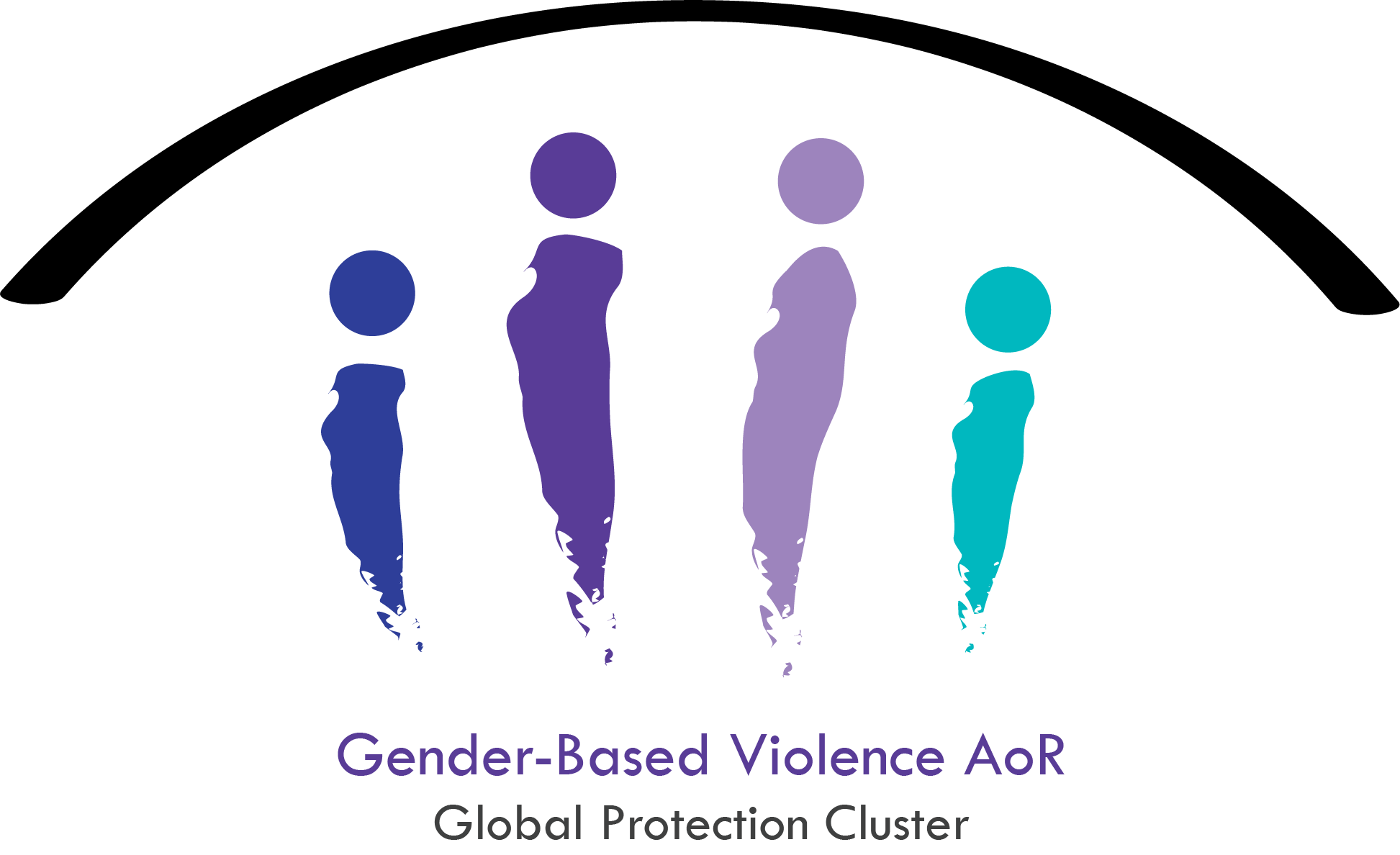Regional Key Figures
8.9 M
1.9 M
Regional Countries
The context and the way of providing humanitarian assistance in Latin America and the Caribbean (LAC) Region has changed considerably in recent years. Although natural disasters centered the great part of the humanitarian action, in the last ten years new types of slow-onset crises have come to broaden the scope of the humanitarian response. The increase in human mobility by situations of violence, political, economic and social reasons, have significantly changed emergency operations, focusing on protection needs.
The structural and multidimensional nature of the crises in the region has had a disproportionate impact on women and girls, who face growing poverty, unemployment, displacement and migration, reduced autonomy and the burden of increased care work. It also disproportionately affects children, indigenous peoples, Afro-descendants, LGBTIQ+ people and people with disabilities, among other vulnerable groups. In this context, implementing a response that reduces and mitigates violence, including gender based violence (GBV), strengthens the protection and social inclusion of those being left behind, and promotes fundamental rights and durable solutions is both an imperative and a challenge.
In Colombia, The GBV Area of Responsibility received 228 territorial alerts from 14 territories in Colombia in 2021, which indicated an increase in intimate partner violence, as well as intrafamily, sexual violence, teenage pregnancy, and early marriage (child marriage), mainly affecting women and girls from afro-descendants, indigenous, and LGBTIQ+ population, as well as people with disabilitiesy, femalewomen leaders, and human rights defenders. In Venezuela, undocumented people on the move are at greater risk of being victims of human trafficking, especially for labor and sexual exploitation, as well as forced recruitment of children and adolescents into armed groups and criminal gangs. This indicates that human trafficking and smuggling of migrants in Venezuela are related, but not limited, to human mobility, both internally and externally through the main international routes identified. Women and girls, especially in gang-controlled areas, are regularly victims of violence and abuse, including sexual exploitation. In Haiti, the crisis, natural disasters, and the insecurity created a terrain favorable for the increase of GBV and sexual exploitation and abuse cases. The many testimonials indicate the high level of brutality and cruelty, as well as the state of suffering of women and girl victims/ survivors of rape, kidnapping, abuse, and exploitation in Haiti. In some regions, the feeling of impunity is so widespread that rapes are perpetrated in broad daylight, even on public transport. The rate of adolescent pregnancy is an alarming sign of the extent of GBV in northern Central America (NCA)- Guatemala, Honduras, and El Salvador. NCA registers worrying figures for adolescent pregnancies, including more than 98,068 reported pregnancies among girls and adolescents in El Salvador between 2015 and 2019, while Honduras records the highest rate of forced or early pregnancies in the region (1 in 4 adolescents between the ages of 15 and 19 have had their first birth or are pregnant). In Guatemala, available data show that between January and August 2020, 11 pregnancies were registered every day for girls aged 10-14 and 10 pregnancies every hour for adolescent girls aged 15-19.
Women and girls have been disproportionately affected by the COVID-19 pandemic. A surge in reports of intimate partner and family violence have been recorded by governments and service providers in almost all countries in the LAC Region. Women and girls faced greater vulnerability also due to the loss of jobs and community support networks. The functioning of services was severely disrupted as well as the effective delivery of quality and specialized support services for survivors of GBV, including psychosocial and legal support, as well as case management, were also affected. Overall, access to services was dependent on the functioning and affordability of transport systems.
Governments in the LAC region have made progress in terms of legislation, prevention and provision of services, and access to justice. However, there are still gaps to close in many countries. The COVID-19 pandemic has brought an unprecedented socioeconomic impact, intensifying the combined crisis and deepening structural gender, race, and class inequalities. Climate change has accelerated the frequency and/or severity of natural disasters in the region with several countries affected by hurricanes, earthquakes, flooding, wildfires and heavy rains. These events have increased the risks of GBV for women and girls and deteriorated the access to response services for survivors. Essential lifesaving GBV services, such as clinical management of rape, mental health and psychosocial support services, protection measures and justice for GBV survivors continue to be underfunded and deprioritized, particularly in humanitarian settings.
The level of funding for GBV in the region is substantially less than in other parts of the world and less than what is needed to prevent and mitigate GBV and meet the needs of survivors. Inequality, lack of livelihoods and social services, and persistent insecurity, among other factors, continue to cause the constant mobility of millions of people in the region in search of better conditions.
Regional Team
Latin America and the Caribbean Region
UNFPA
Latin America and the Caribbean Region
UNFPA
